This isn’t a forgetful or amnesic pupa, but has earned its name because it’s tied using Amnesia mono
Visible light only penetrates 3-5mm into organic tissue before it is totally scattered and absorbed, which is why hospitals need lots of X-ray, CT, and MRI imagers to see inside us. The bodies of many invertebrates, being several magnitudes smaller than humans, fall within the range of light penetration which can render their insides visible to us, and to fish.
Tying a fly with an internal structure that is more representative and imitative of the real thing can be achieved by building a body in layers. Stage one is laying down a foundation which covers the hook shank with a with a light-coloured material. This stops the dark metal of the hook showing through the final body, invertebrates by definition do not have an opaque backbone in the middle of their bodies. The underbody can also form the shape of the body which is laid down on top. Flexifloss is a good material for the underbody, it comes in lots of colours (or you can use marker pens) and can be wound back and forth under varying tension to build up the required body shape.
Once a good foundation is in place the outer body or skin is applied. Hollow monofilament braid fly line backing is my material of choice. Coloured monofilament can be inserted inside the braid fairly easily. If you’ve fitted a braided loop to the end of a fly line, it’s much the same process. The trick is to poke the end of the mono into the braid and then push the braid onto the mono so that it bunches up and then smooth it along the mono. Keep repeating the process until you have a long enough piece of braid and mono to tie a fly.
When wound onto a fly body the turns of coloured mono are separated by the wall of the braid and swiping the outside with a marker pen darkens the ridges of the body segments and highlights the woven structure of the braid. When coated with resin any uncoloured nylon braid becomes transparent revealing the structures and colours inside the body.
- Log in to post comments

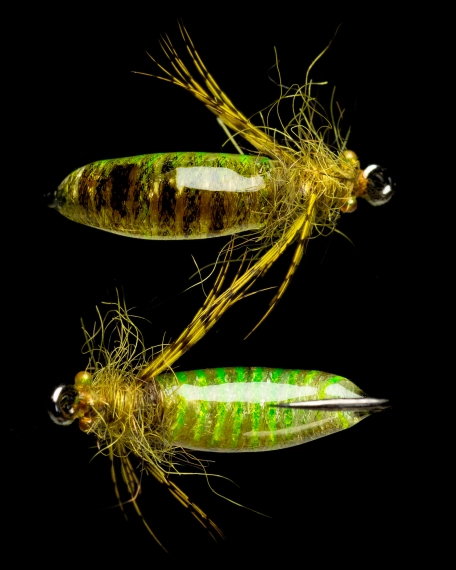
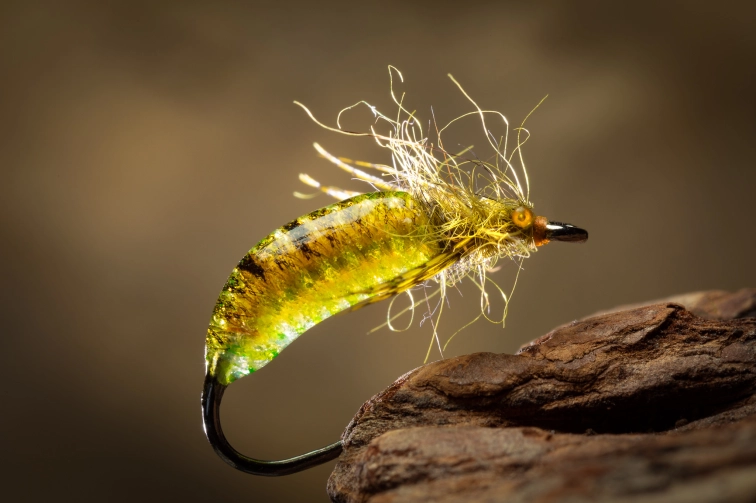
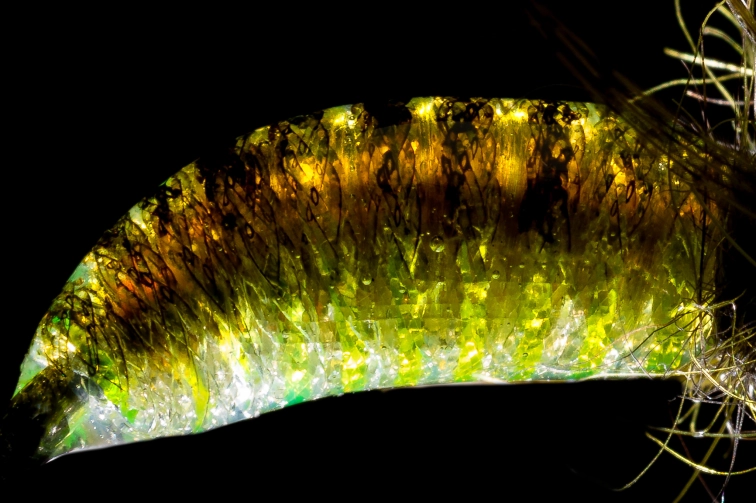
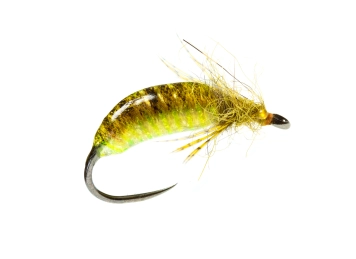
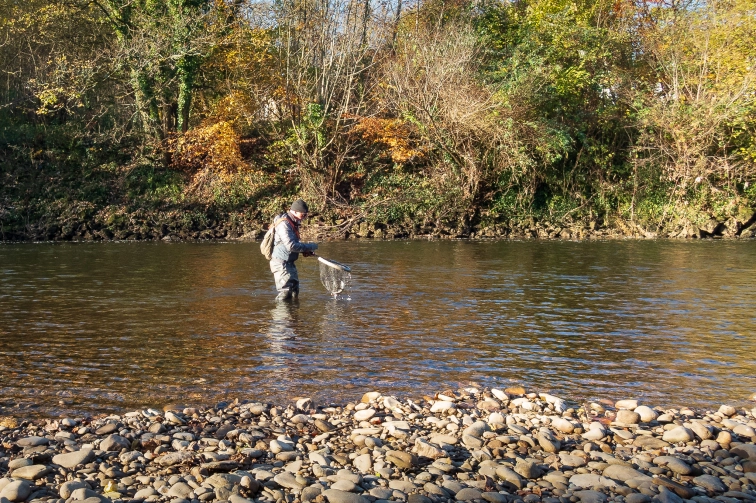
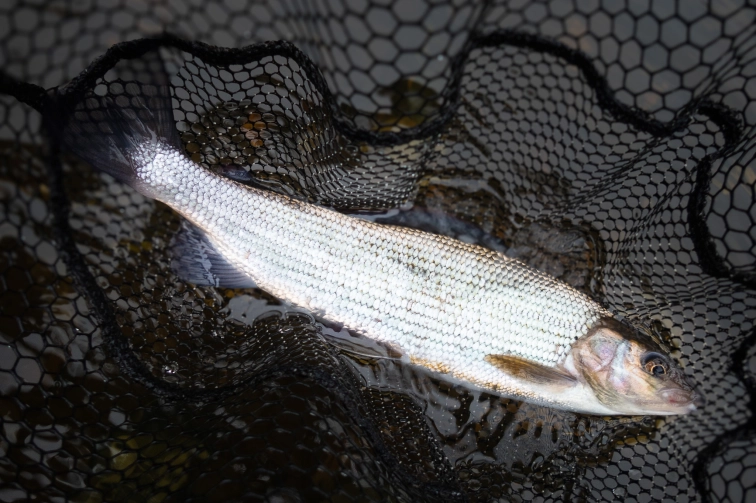
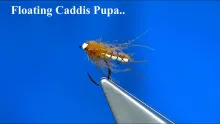
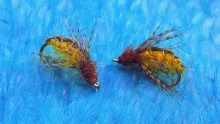
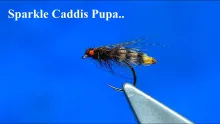
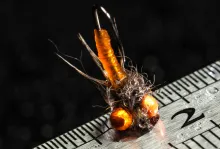



Nice!